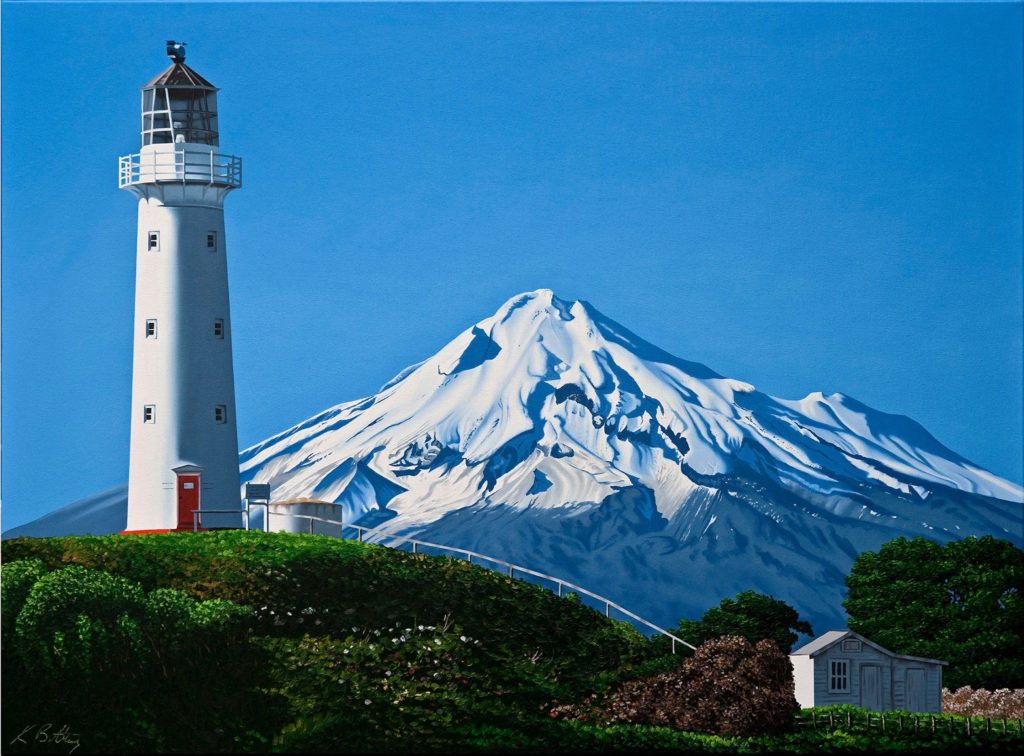Many things to many Māori
‘Māori history’ is many things to many people, no less to Māori.
When Māori historians gather to discuss such issues, the debates are wide-ranging and always interesting. However, there are two ways, it might be argued, that Māori frame their histories, and memories.
Using the culture as framing device
Māori history is – or can be – framed by such customary devices as whakapapa, waiata or tauparapara. In other words, Māori history takes its shape from long-embedded cultural forms of remembering, especially as we see this represented on stage, in the expressional culture of Māori.
If you’d like to read more about this, here is a chapter written by Danny in 2000 for the book Fragments edited by Bronwyn Dalley and Bronwyn Labrum. This chapter discusses a range of customary devices which, it might be argued, help us to understand how Māori compile – and retain – their memories and histories. Just click here – nature of Māori history .
Using the land as a framing device
Land is also an important frame of reference through which Māori might view the past, especially by looking at what happened on the land, such as warfare.
Some years ago, Danny wrote a chapter in Environmental Histories of Māori (see below right), arguing how Māori views of the past (history) were in extricably ‘bound to the land’. In order to illustrate this point, Danny anchored his arguments, so to speak, in the Māori customary estate of his home area, which is Taranaki.
If Māori are to mount these kinds of arguments, he argues, then Māori must write of their own home areas, bring their own traditions and histories to bear on their work.
Danny’s chapter appeared in Environmental Histories of New Zealand (eds) Tom Brooking and Eric Pawson, Oxford University Press, Melbourne, Victoria, 2002.
The chapter is ‘Bound to the Land: Māori Retention and Assertion of Land and Identity’, pp. 246 – 260.
When the book was republished quite recently, under a different name, a number of chapters including Danny’s had been dropped, which was a shame because, for Māori, the arguments presented were still perfectly valid, though perhaps not to its two Pākehā editors.
The chapter then is reproduced here – Bound to the Land. The chapter argues that Māori history is essentially framed by cultural factors, one of which of course – perhaps the most important – is the land.





